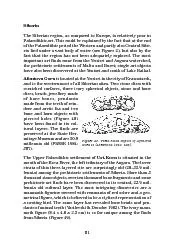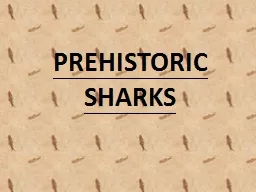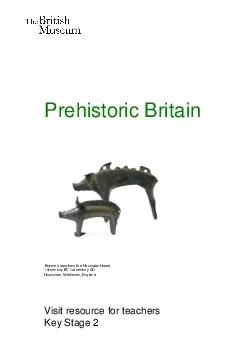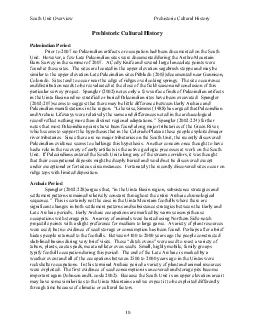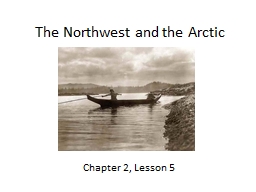PDF-is the richest site of prehistoric artBratsk, some 85 km northwest of
Author : stefany-barnette | Published Date : 2015-10-22
Vasilevski Malta Yelinek 1982 315 pean Palaeolithic Venus figures by clothing realistic depiction andmore detailed facial features The shapes of European Venus
Presentation Embed Code
Download Presentation
Download Presentation The PPT/PDF document "is the richest site of prehistoric artBr..." is the property of its rightful owner. Permission is granted to download and print the materials on this website for personal, non-commercial use only, and to display it on your personal computer provided you do not modify the materials and that you retain all copyright notices contained in the materials. By downloading content from our website, you accept the terms of this agreement.
is the richest site of prehistoric artBratsk, some 85 km northwest of: Transcript
Download Rules Of Document
"is the richest site of prehistoric artBratsk, some 85 km northwest of"The content belongs to its owner. You may download and print it for personal use, without modification, and keep all copyright notices. By downloading, you agree to these terms.
Related Documents

